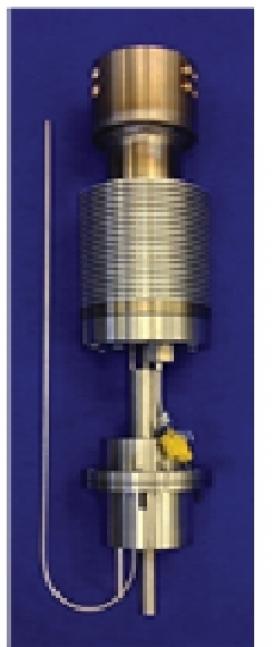Controlled Stirling Fluid Power Unit Offers Technological Leap
Researchers at the Center for Compact and Efficient Fluid Power (CCEFP), an NSF-funded Engineering Research Center (ERC) headquartered at the University of Minnesota, have developed a highly energetic and efficient source of fluid power for human-scale applications. This technological leap, the Controlled Stirling Fluid Power Unit, can pump either hydraulic fluid or compressed air, depending on the application.
The target energy density of this engine is four times that of batteries, and the target power density—when coupled with highly dense fluid power actuators—is five times that of DC motors. This innovative advance will enable a much-needed solution to current inadequacies of conventional power units for untethered applications.
Current sources of energy are extremely limiting for portable devices, such as exoskeletons, powered prosthetics and orthotics, human-assist devices, and mobile robots. Using batteries as energy sources and motors as the method of actuation results in systems that are heavy, incapable of force and power densities needed for human-scale applications, and inadequate in terms of operational durations.
The Controlled Stirling Fluid Power Unit presents a potential solution to this problem by applying a highly energetic and efficient source of fluid power to such applications. This unit uses hydrocarbon fuel as its primary energy source and is compact and silent, with no internal combustion.
A highly efficient Stirling cycle is achieved by controlling the motion of a displacer piston inside the engine, and the result is a sealed engine section that produces large pressure swings, which can be used to pump hydraulic fluid or compress air. Current testing of the prototype (see figure) and validated analytical models put the device on track to achieve a target hydraulic output pressure of 70 bar, with power output ranging from 50-200W.


